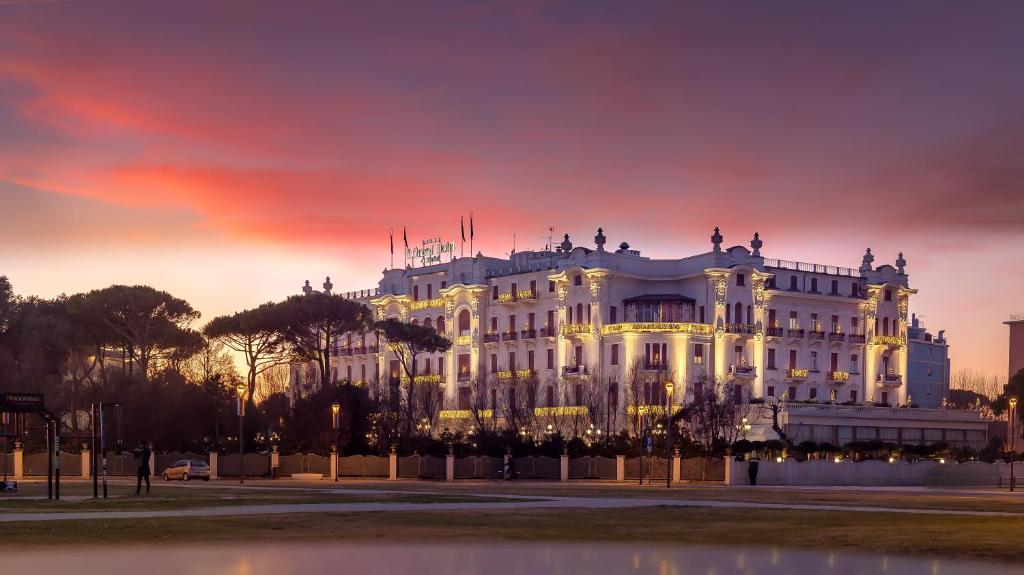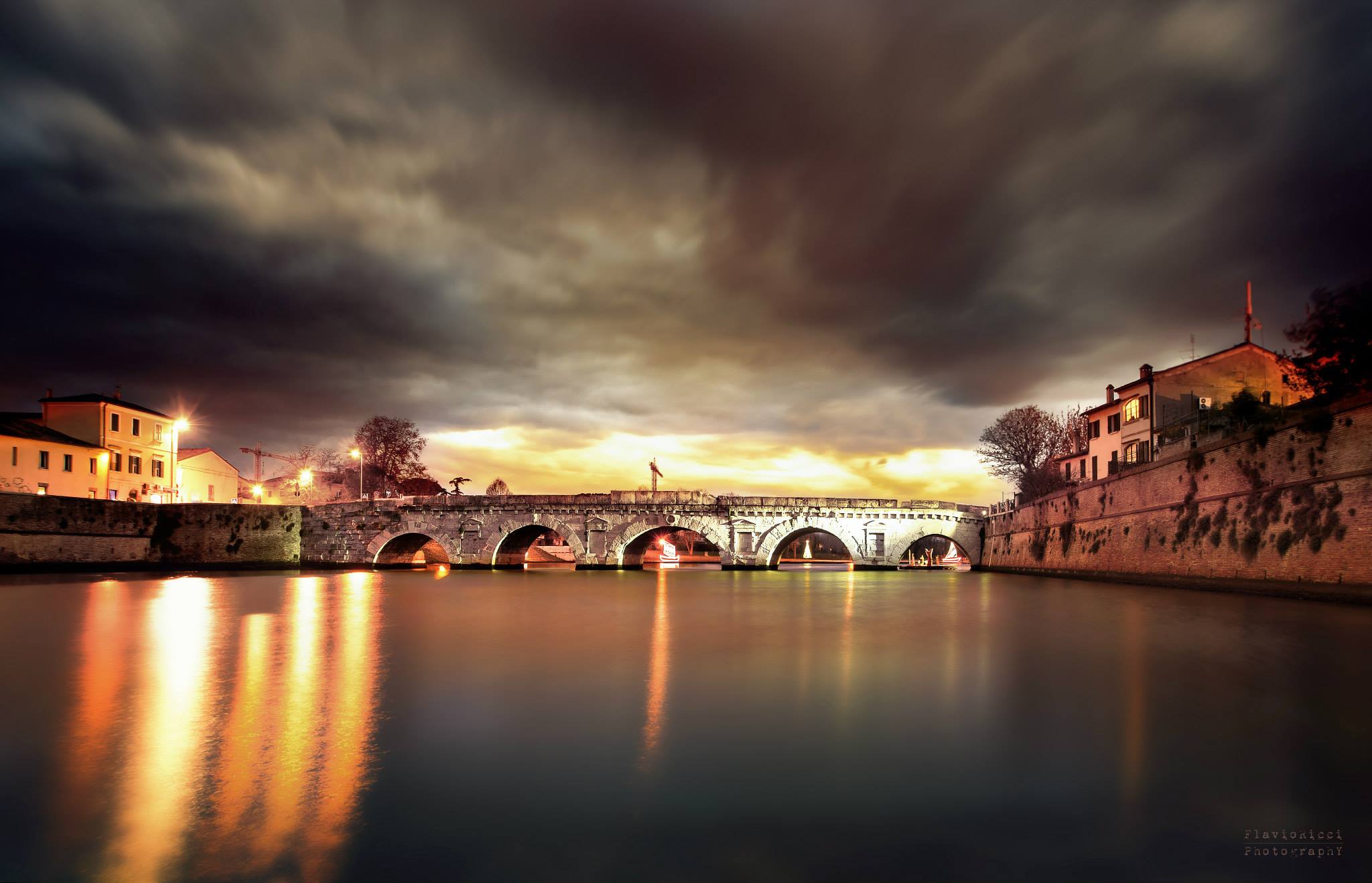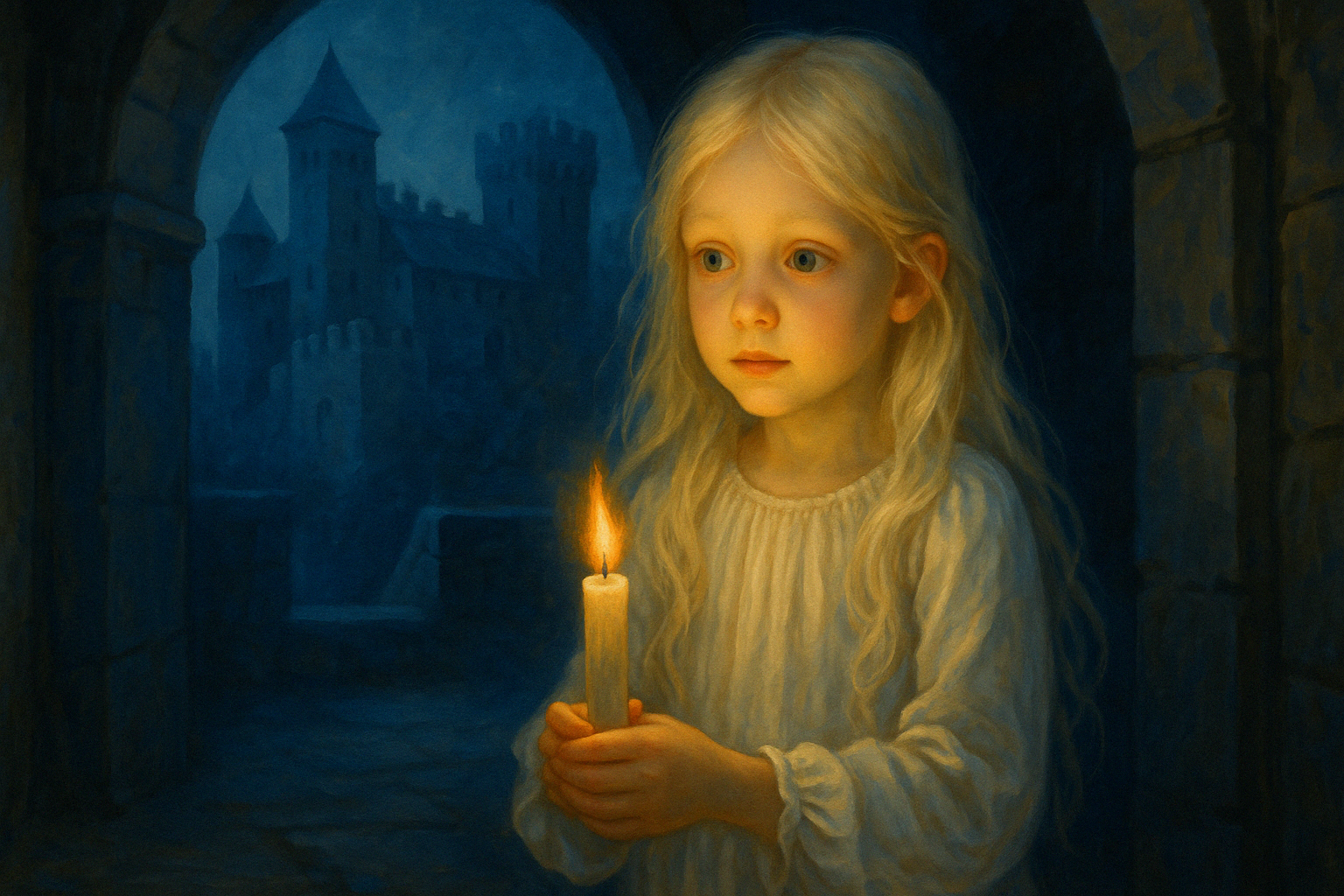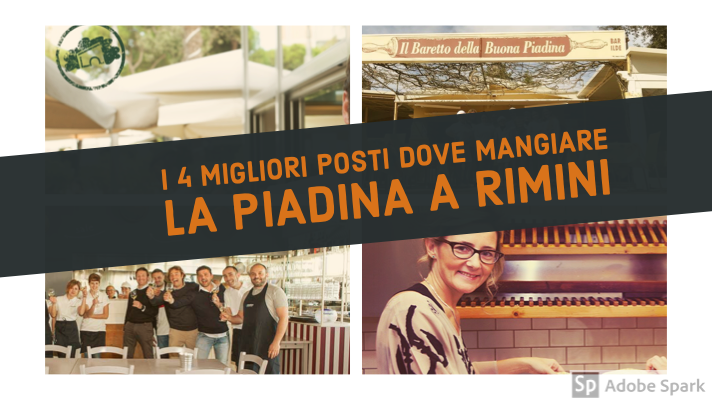
There’s a moment — just beyond the border between Emilia-Romagna and Marche — when time stands still.
This isn’t just a figure of speech.
It’s a feeling. A real one.
Because when the silhouette of Gradara’s ancient walls appears before you,
with the fortress towering above the village like an old wise soul that has seen everything and remembers everything…
you realize you’re not just visiting a place.
You’re stepping into another era.
Gradara isn’t just a well-preserved medieval village.
It’s known here as the Capital of the Middle Ages.
And not for show.
Because every stone, every arch, every window tells an ancient story —
and every corner invites you to slow down, to look closer, to feel more deeply.
History, art, love, battles, poetry — all of it has left a mark on these walls.
And you don’t need a guide to notice it.
Just walk. Just open your eyes.
In the heart of the village, everything is simple, balanced, harmonious:
stone houses, flowered balconies, wrought iron signs, antique doors.
But rising above it all, she reigns: the Rocca Malatestiana.
A castle that has been a military fortress, a noble residence, a nest of love, and — let’s be honest —
the stage for one of the most heartbreaking love stories in Italian literature:
Paolo and Francesca.
But before you get there —
before you step into the courtyard, cross the drawbridge, climb the creaking stairs —
let me say this:
Gradara doesn’t need special effects.
Because the most powerful effect… is the atmosphere.
The way the swallows cut across the sky just as the sun begins to set.
The scent of rosemary and fresh bread wafting from a tavern.
That gentle silence that, here, isn’t boredom — it’s reverence. For its beauty. For its past. For its history.
And then there’s one detail I love: everything is human-sized.
You can walk, wander, pause, listen.
Gradara doesn’t rush you. It walks beside you.
In the next part, I’ll take you into the heart of the Rocca —
I’ll show you what to see, which rooms still speak to you,
and how the legend of Paolo and Francesca took shape within these walls.
But for now, take a breath.
Look at the landscape unfolding below you.
And remember:
you’re in the Capital of the Middle Ages.
And here, every step takes you back to a time when life was slower — but more intense.
Inside the Fortress: every room a story, every story a life
The Rocca Malatestiana isn’t just visited.
It’s walked through. It’s heard.
It’s felt.
The moment you cross the drawbridge, something changes.
The outside world stays outside.
Inside, the walls close in, the sounds soften,
and time — simply — slows down.
The Guardroom: austerity and silence
The first room you enter already sets a tone:
The Guardroom.
But it’s more than that.
At one time, it was the Rocca’s prison.
Later, it housed soldiers.
Then, during the 1920s renovations, it became a preserved historical space.
It’s a harsh, stripped-down room.
Bare walls. Cold floors. Arrow slits like half-closed eyes.
There were no conversations here — just orders, watchfulness, and long silences.
The Hall of Sigismondo and Isotta: memory that endures
This hall is formed by combining different rooms, including a former 18th-century chapel.
Today, it bears the name of two figures who left their mark here:
Sigismondo Pandolfo Malatesta and Isotta degli Atti.
The wooden ceiling, painted with their portraits and completed in 1927, is a powerful visual tribute.
We don’t know whether treaties were signed here or alliances made,
but there’s a solemn air that lingers.
And in a nearby room, the Malatesta Hall,
a Latin inscription commissioned by Sigismondo stays with you:
“Tempus loquendi, tempus tacendi.”
A time to speak, a time to be silent.
And there, in that moment… you fall silent without even noticing.
Francesca’s Room: the suspended chamber
You expect romance, and you find reverence.
Francesca’s Room was carefully reconstructed in the early 20th century,
inspired by Gabriele D’Annunzio’s tragic play.
Inside, there’s a lectern, benches, and a trapdoor connecting to the Guardroom.
There’s also a triptych of the Madonna and Child, and — a touching surprise —
the original gown worn by Eleonora Duse in her role as Francesca da Rimini.
There are no romantic frescoes, as you might expect.
But there is all the strength of a story that—though reimagined—still speaks directly to the heart.
The Torture Room: the uncomfortable part, but a necessary one
At the base of the Mastio Tower lies a room that sends shivers down your spine.
They call it the Torture Chamber or Prison Room—and not for dramatic effect.
Inside, you’ll find sharp objects, chains, wooden stocks, axes.
It’s a disturbing place, but an honest one.
It reminds you that the Middle Ages were also this: fear, punishment, control.
It’s not an easy visit.
But it’s the right thing to do.
The Chapel: light and silence
At the end of the tour, you find peace.
The Rocca’s chapel is intimate, secluded, almost hidden.
Under soft light, you’ll see an altarpiece by Andrea della Robbia:
a glazed terracotta Madonna and Child, looking at you with a tenderness that melts all harshness.
Here, people sit. And stay silent.
Not out of respect —
but because you no longer need words.
And now, outside the rooms… but still inside the story
Leaving the Rocca is not the end. It’s a transition.
You’ve seen power and faith, prison and beauty, whispered love and sharp-edged justice.
And as you step outside — sun in your eyes, stone beneath your feet —
the Rocca feels alive.
In the next part, I’ll take you down into the village.
Beneath the Clock Tower, through shops, glimpses, and scents that seem to drift from another time.
But first… pause for a moment.
And ask yourself:
How many places have you truly seen that can tell you so many lives in so few rooms?
Dreamlike Views and Unique Atmosphere: Walls, Walkways, and Hidden Alleys
You don’t come to Gradara just to see.
You come to walk. Discover. Feel.
Because here, beauty isn’t frozen in photographs.
It moves. It meets you. It invites you to follow it.
And when you lean out from one of the towers,
when you step into a narrow alley or a path that winds into the green,
you instantly know you’re in the right place.
The Ramparts Walk: enchantment from above
Let’s start from above.
From the Ramparts Walk, which circles the Rocca like a stone embrace.
Built for defense, today it’s one of the most thrilling experiences in Gradara.
Climbing these walls, the world unfolds before your eyes:
To one side, the Adriatic Sea shimmering on the horizon.
To the other, the hills of Marche and Romagna, soft and neat like a painting.
You feel the wind.
You hear your footsteps.
And for a few minutes, you’re part of another era.
And if you’re lucky enough to be there at sunset… get ready.
The lights glowing from within the Rocca change everything.
It’s poetry — no words needed.
Hidden Alleys: the true soul of the village
After walking the walls, head down into the village.
But don’t just stick to the main street.
Slip into the narrow, quiet side alleys, full of small secrets.
Every corner here is a postcard no one promised you —
a stone arch, a window filled with geraniums, the smell of simmering sauce from a real kitchen.
And if you pause…
you might almost hear the stories of the people who truly lived here.
The Lovers’ Walk: a path that tells a story
If you feel like walking a bit more,
take the Lovers’ Walk. It’s a circular path, starting from the heart of the village and wrapping around the entire outer perimeter of the Rocca.
Along the way, you’ll pass through shaded areas, small scenic overlooks, and if you’re curious, you can stop by the Teatro dell’Aria — a bird sanctuary that hosts falconry shows captivating for both adults and children.
It’s a place where nature and legend walk hand in hand, and every curve in the trail seems to whisper a little more of a story.
The Wood of Paolo and Francesca: calm, greenery, and poetry
Want even more silence? More nature? More room to breathe?
Then head toward the Wood of Paolo and Francesca — a one-kilometer path immersed among trees, shrubs, and the soft rustling of leaves.
No artificial installations.
No unnecessary noise.
Just real nature and suggestion — as if the forbidden love of the two famous lovers still lingers among the branches.
It’s the perfect place for those who need to slow down.
For those seeking a moment for themselves.
For those who believe romance still exists, even without special effects.
Delights for the Palate & Practical Tips: Ending the Day with Taste
After walking the walls of the Rocca,
losing your gaze among the hills,
and leaving your heart among the legends of Paolo and Francesca —
comes that moment that wraps up every perfect day:
the one where you sit down to eat.
And trust me: if you’re in Gradara, you won’t settle for “just eating.”
Here, food is savored.
You breathe it in like part of the history.
You taste it slowly — like in the old days.
Where to Eat in Gradara (with flavor and sincerity)
The village is full of cozy spots: rustic taverns, panoramic restaurants, genuine trattorias.
There’s something for every taste — and every budget.
If you want to stay in a romantic mood, I recommend La Tavernetta di Paolo e Francesca:
an intimate place, with traditional dishes revisited with care, and an atmosphere that evokes — without excess — the charm of history.
Prefer something more rustic and hearty?
Then check out one of the osterie along Via Umberto I,
where the aroma of ragù mingles with the wood of the tables,
and the dishes speak Romagnolo:
handmade tagliatelle, rabbit in porchetta, fossa cheese,
and maybe — to finish — a ciambella dipped in sweet Albana wine.
Practical Tips for Planning Your Visit
Gradara is a gem — but a well-organized one.
Here are two quick tips to save time and enjoy your day better:
- Rocca & Ramparts Tickets
You can buy them at the I.A.T. (Tourist Information Office) right at the village entrance.
I recommend booking in advance on weekends or during high season. - Opening Hours & Guided Tours
If you want to dive deeper into the history, contact the Pro Loco of Gradara.
They organize themed tours — even in the evening — for a truly magical experience. - Parking
There are several paid parking lots just outside the walls.
Arrive a few minutes early so you can fall into the slow rhythm of the village. - How to Get There
Gradara is easily reachable from Rimini by car (about 30 minutes)
or by train to Cattolica, followed by a short taxi or bus ride.
One Last Look… Then Time to Head Back (With Something More in Your Heart)
When your day in Gradara comes to an end, something stays with you.
The smell of wood in the alleys.
The sound of wind through the walls.
The sweetness of a shared glass of wine.
And maybe — out of all the photos you’ve taken —
the one you’ll truly carry with you…
will be a memory well lived.
Would you like to return to Rimini with your eyes full and your heart light?
Then treat yourself to a night by the sea —
or start planning your next escape now.
Because from Gradara to Rimini it’s only a few kilometers,
but between the two runs a delicate thread:
history, flavor, and freedom.
👉 Check out the offers from Aqua Hotel in Rimini —
a perfect refuge for families, couples, and curious travelers.
Just steps from the beach, with all the warmth of home.
And if you’d like — we’ll start the next story together.
There’s always more to discover.





